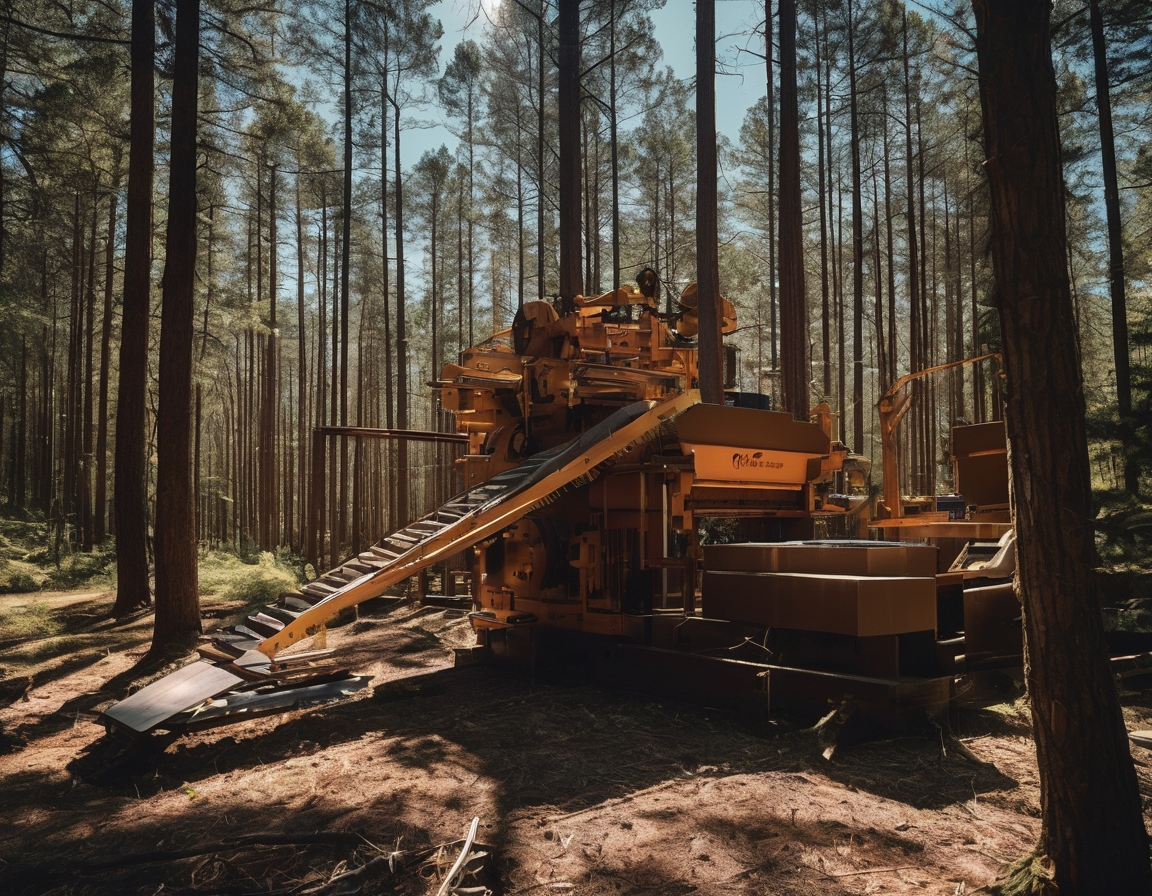Sustainable forestry: the role of modern machinery
Sustainable forestry is a critical component of environmental conservation, aiming to manage forest resources in a way that meets current needs without compromising the ability of future generations to meet theirs. This approach balances ecological, economic, and social factors to ensure the long-term health of forest ecosystems.
The Importance of Sustainable Practices in Forestry
Forests play a vital role in maintaining ecological balance, providing habitat for wildlife, and supporting biodiversity. Sustainable forestry practices are essential to prevent deforestation, soil erosion, and loss of biodiversity. They also contribute to carbon sequestration, helping to mitigate climate change.
Modern Machinery in Forestry
Modern forestry relies on a range of machinery designed to enhance efficiency and precision. Key machinery includes harvesters, forwarders, skidders, and feller bunchers. These machines are engineered to perform specific tasks such as cutting, transporting, and processing timber with minimal environmental disruption.
Recent innovations in forestry machinery have focused on automation, precision, and sustainability. Technologies such as GPS, remote sensing, and data analytics are increasingly integrated into machinery, allowing for more precise operations and better resource management.
The Role of Modern Machinery in Promoting Sustainability
Modern machinery enhances the efficiency and precision of forestry operations. Automated systems and advanced technologies enable operators to perform tasks with greater accuracy, reducing waste and optimizing resource use.
By minimizing soil disturbance and reducing the need for manual labor, modern machinery helps to lower the environmental impact of forestry activities. Machines are designed to operate with minimal emissions and energy consumption, aligning with sustainability goals.
Modern machinery not only improves operational efficiency but also enhances safety for workers. Automated systems reduce the need for manual intervention, lowering the risk of accidents and injuries. Additionally, these machines can reduce labor costs by performing tasks that would otherwise require a larger workforce.
Challenges and Opportunities in Implementing Modern Machinery
While modern machinery offers numerous benefits, the initial cost and investment can be significant. Businesses must weigh the long-term advantages against the upfront expenses and explore financing options to facilitate adoption.
The integration of advanced machinery requires skilled operators who are trained to handle new technologies. Investing in training and skill development is crucial to maximize the benefits of modern machinery and ensure safe and efficient operations.
Adopting modern machinery involves integrating new technologies with existing forestry practices. This requires careful planning and coordination to ensure a seamless transition and maximize the potential of both traditional and modern methods.






Comments (0)